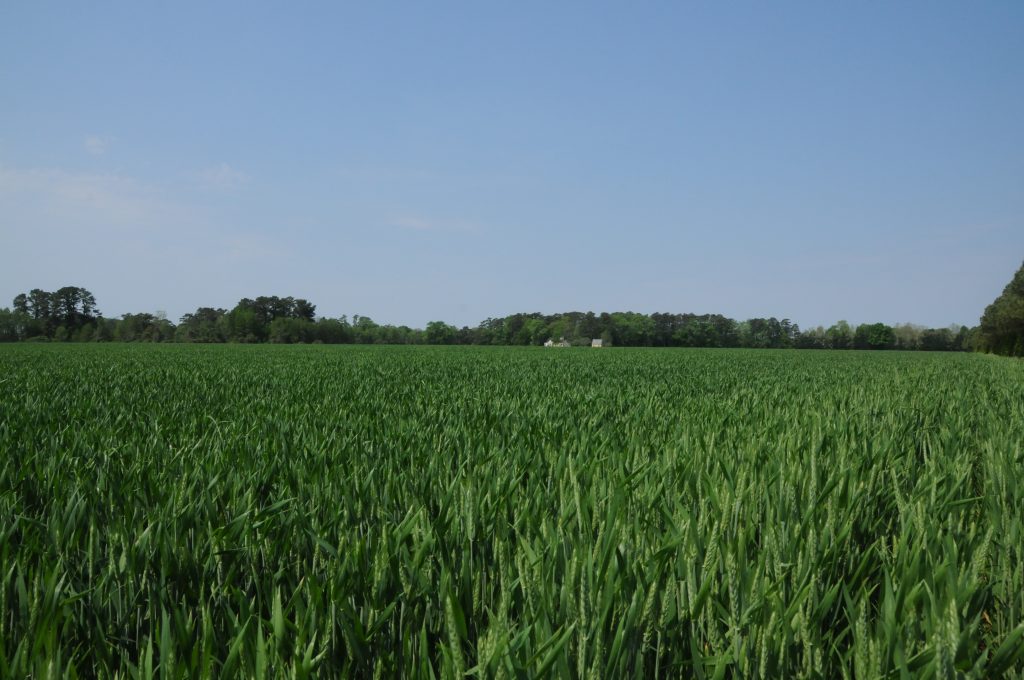May 29th Planted Progress, Caught Up To Averages
The USDA Planted Progress report has just been released today and the progress report now puts 2022 plantings at around the five year averages. Sugar beets are continuing to plant behind average time-frames as Minnesota and North Dakota struggle with weather delays. Per the USDA report, corn, soybeans and other silage are looking about in target.
Wheat condition continues to be an issues year over year for the winter crop, but the headings are coming along nicely. Spring wheat planting still lags the five year average coming in at 73%, with the five year average of 92% at this stage in a current year. Wheat plantings will continue, as the crop prices due to the consequential issues on agriculture blockage of Ukraine exports is keeping milled flour future prices high.
Commodities markets are currently down, but also closed. I continue to listen to commodities traders, grain elevators and those deep into the agriculture commodities business. The more I learn, the more I see that commodities traded in Chicago have only a few touch points to the actual crop traded and the speculative forces are highly at play. Potentially, the better indicator would be bushels supplied/reaped, which we should be able to predict once emergence and condition is assessed. To that end, emergence is looking very good and condition is wet in the north and dry in the south. West Texas has still struggled with lack of rain, so cotton will be an issue. As I had stated previously, Texas and crops planted in February or March in the south are now or have already been harvested. Cornbelt has been getting somewhat steady rains, and everyone east is doing fine, or a little more than fine. Weather is sporadic all though the country, however all eyes will definitely be on the wheat crop this year.


Michael:
The weather where I am is dry. We have not seen a light rain in a while. Lots of irrigation farming going on here.
Your climate must be vastly different than AZ.
i haven’t been out in over two weeks, so i can’t contribute much to what planting looks like around here….when i was last out, only the Amish fields had been plowed….but there’s been a lot of tractor traffic out front the past three days, so i figure most planting is well underway (i am on a thru dirt road that farmers use to get from where they live to where they’re planting; a lot of the fields around here are leased from the City of Akron, who took the best bottom land in the county by eminent domain in the 30s to protect their watershed preserve)
you previously addressed how unusual it was to have 3 La Nina years in a row, which i had also noted due to our more severe winters…previous studies had suggested El Nino years would become more common; this study suggests the opposite: